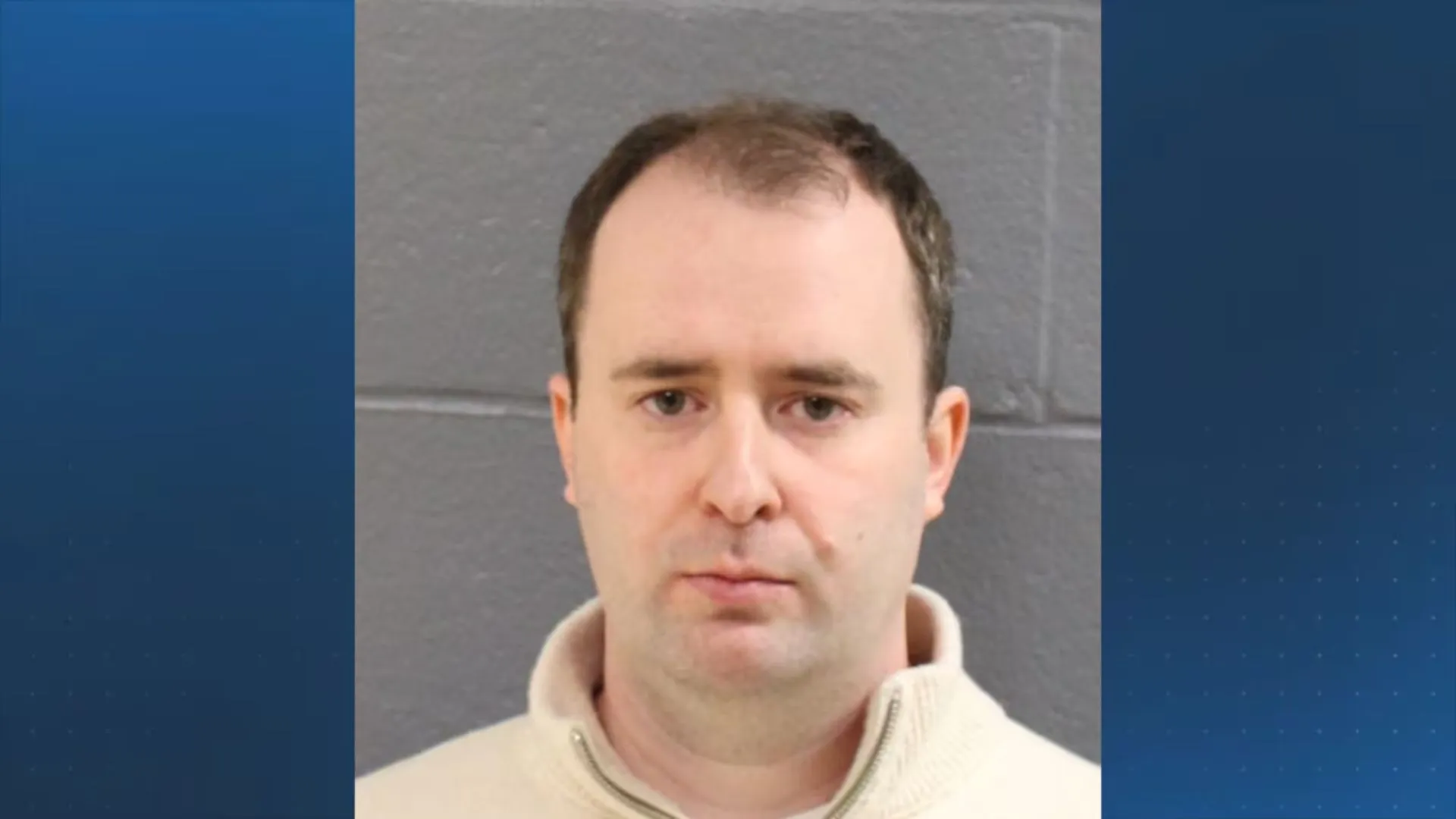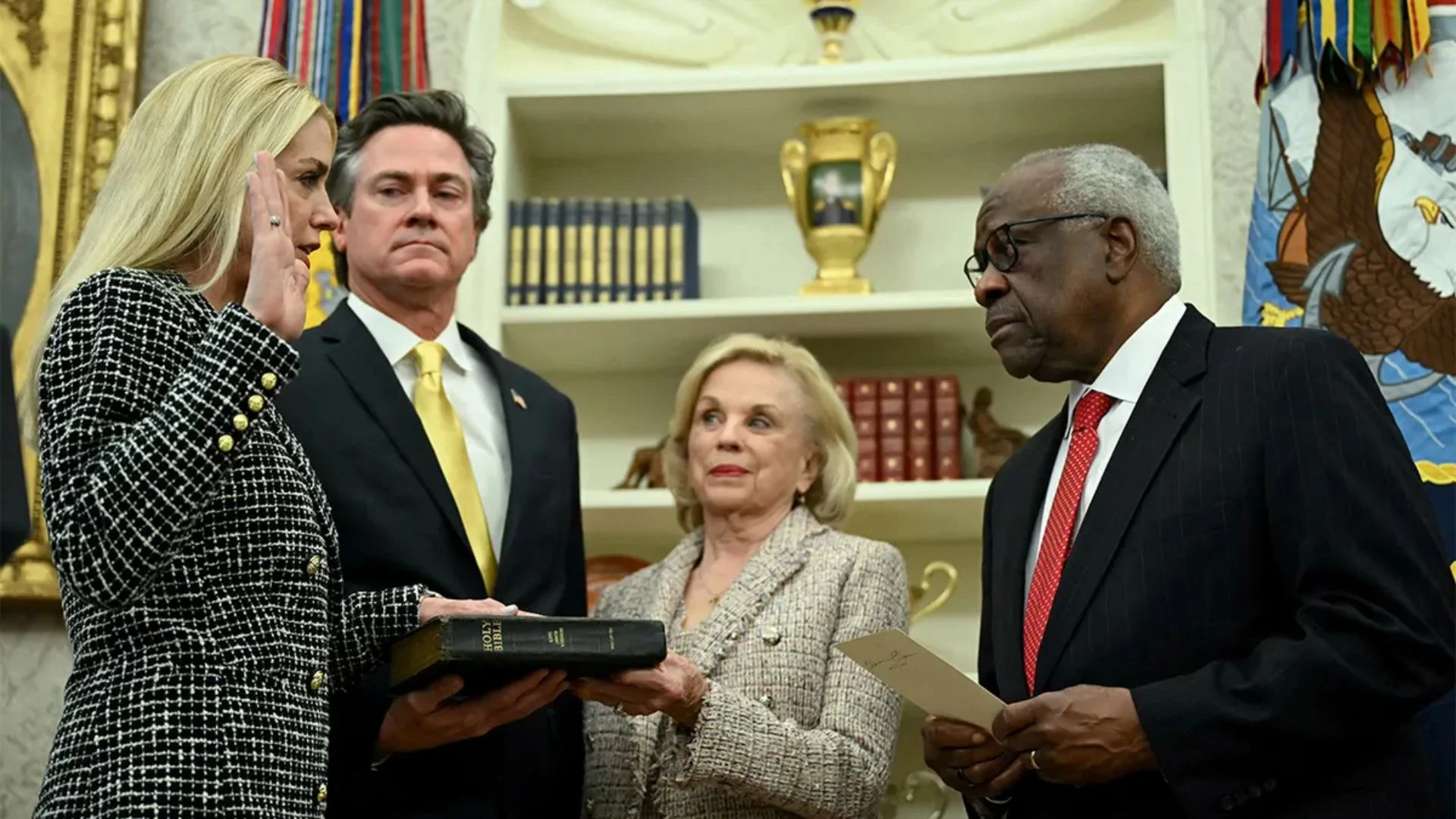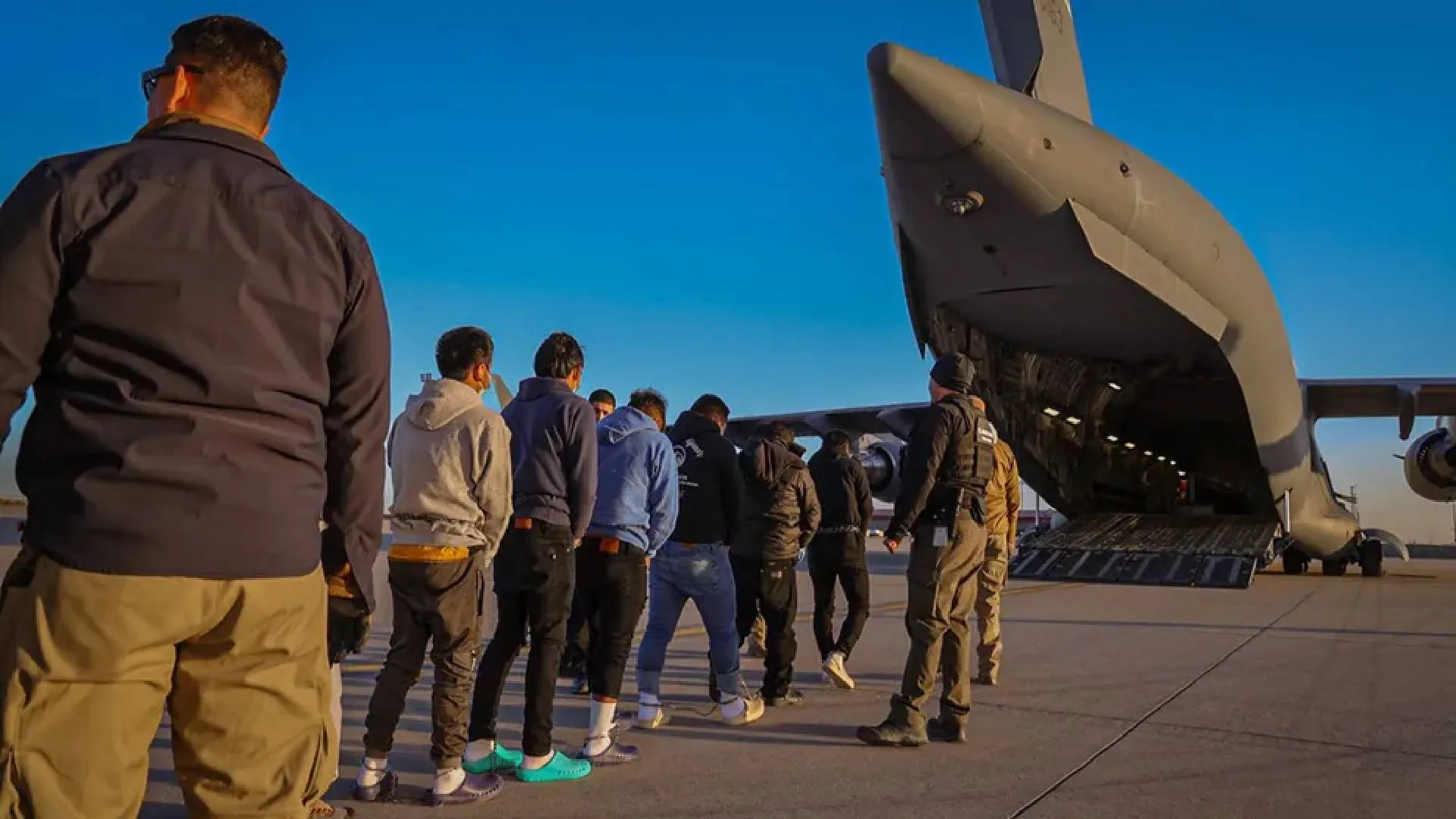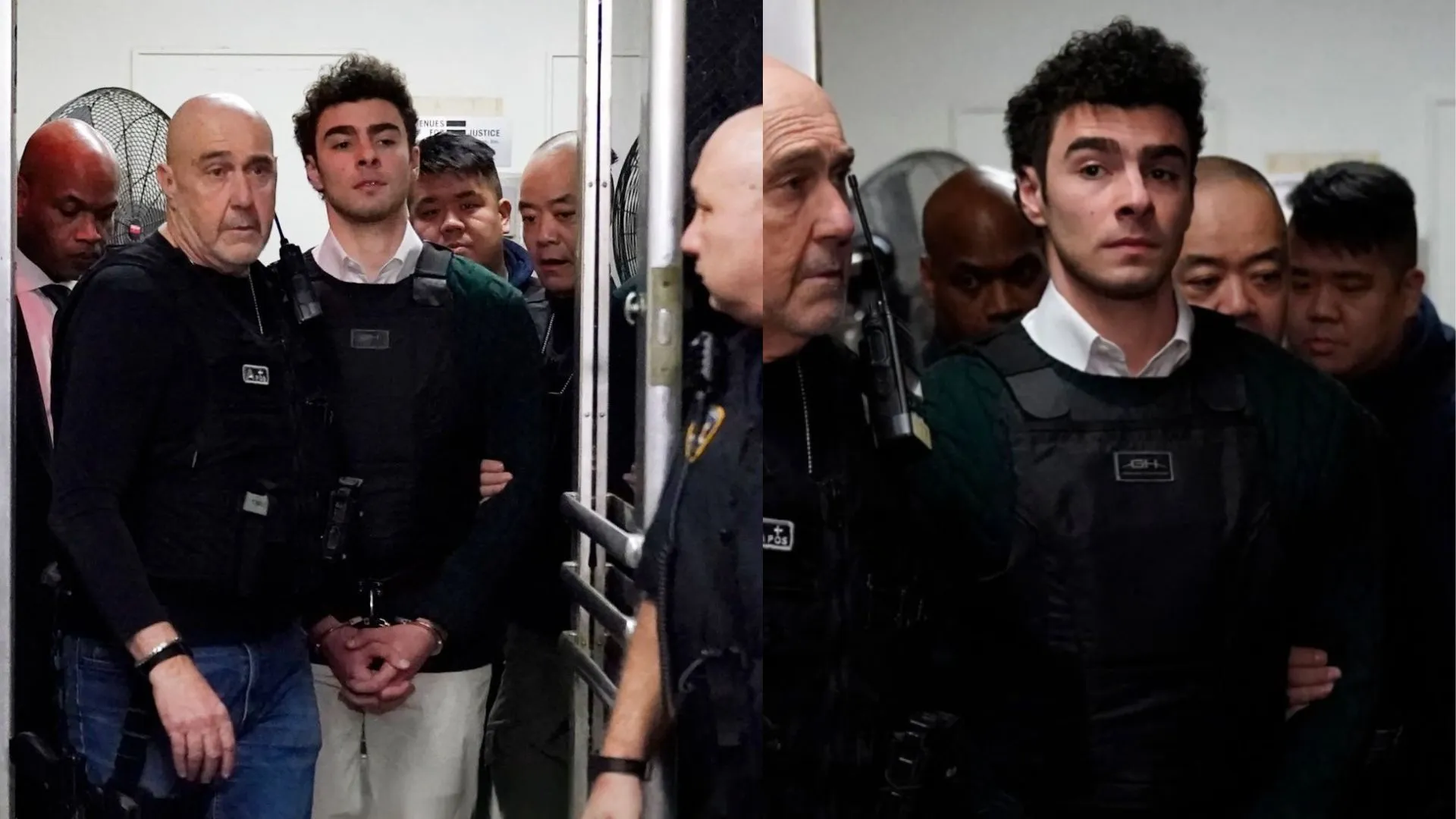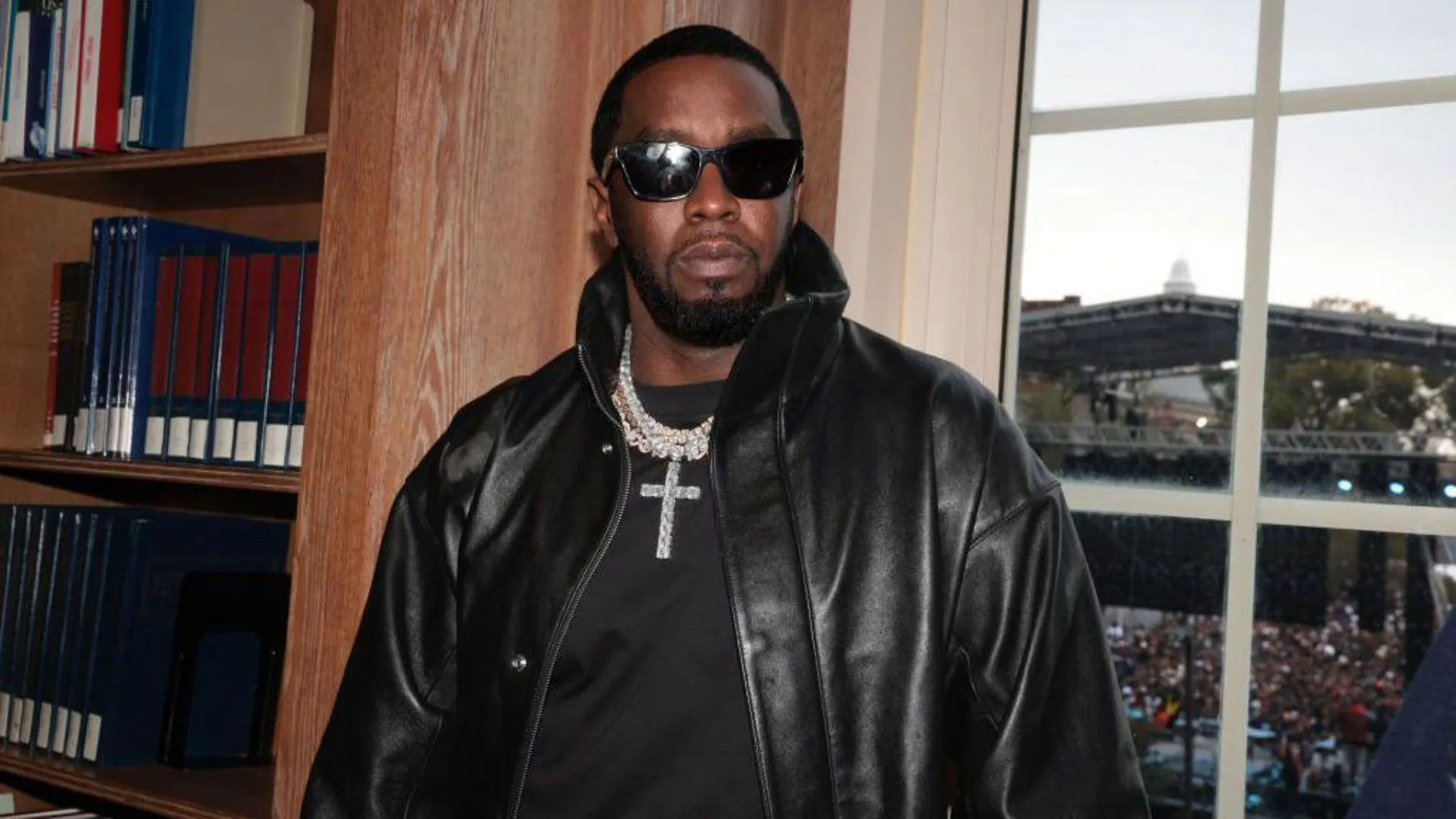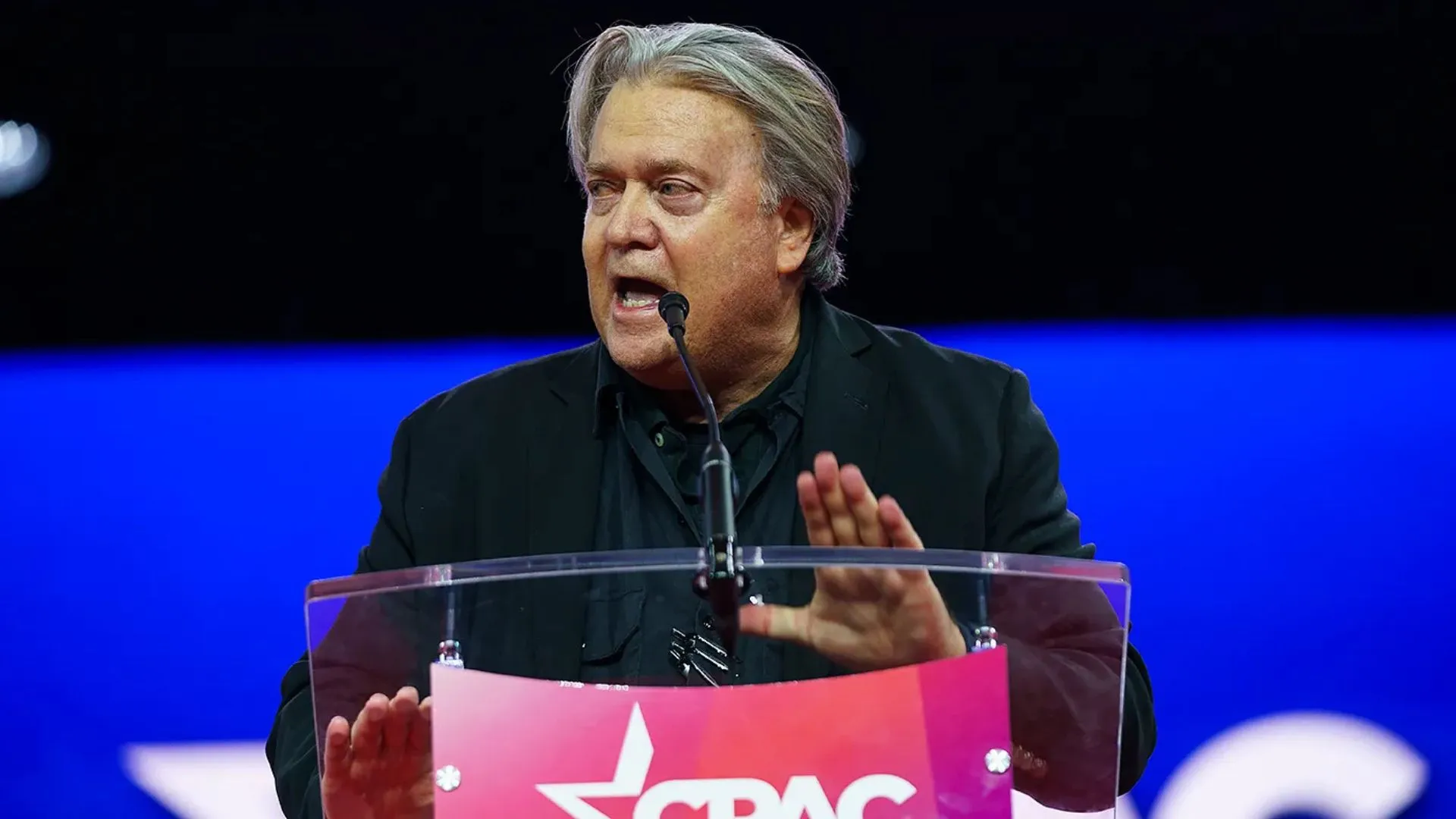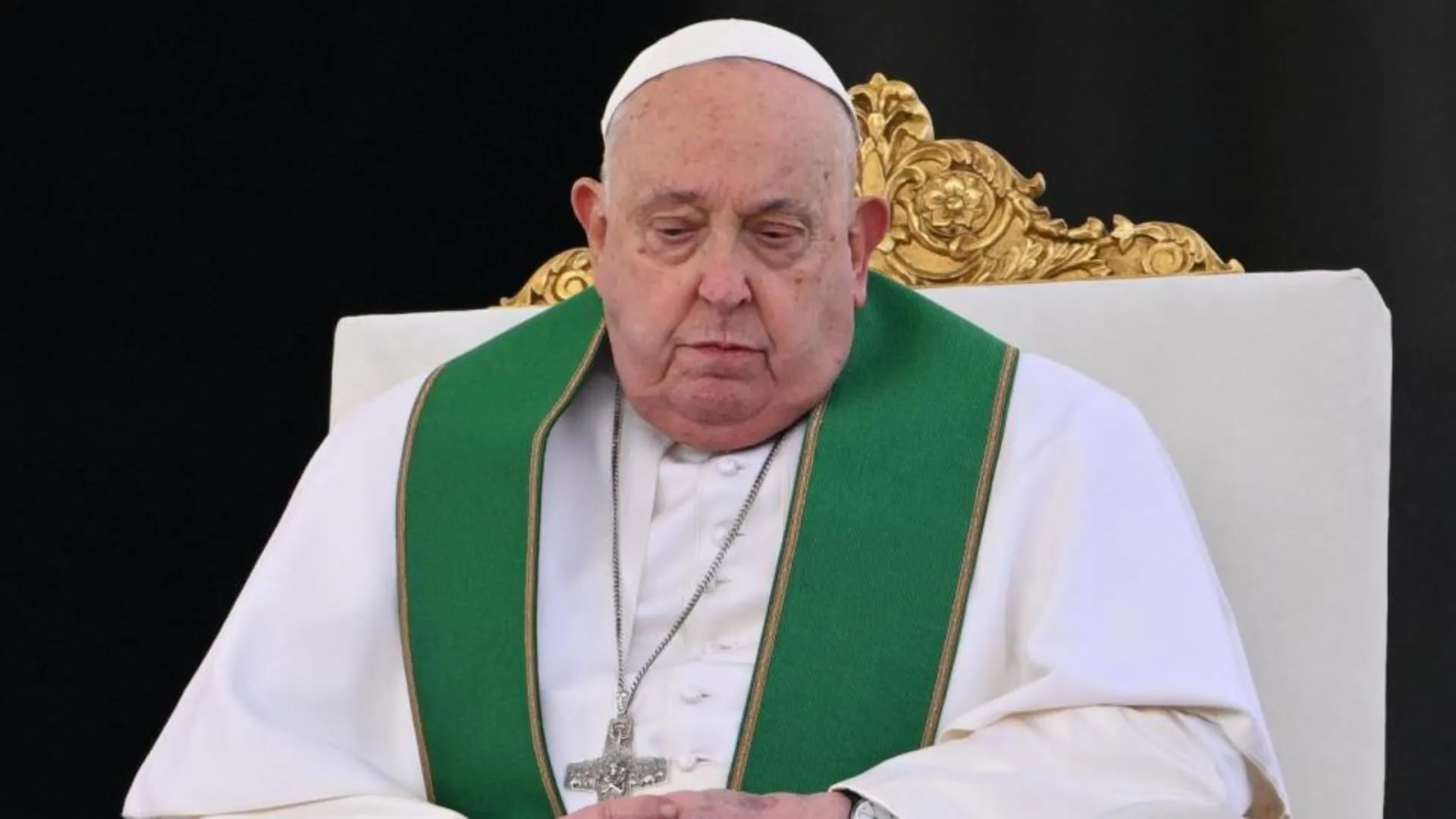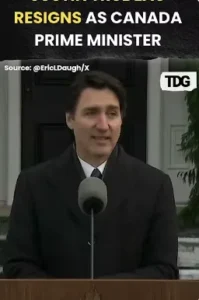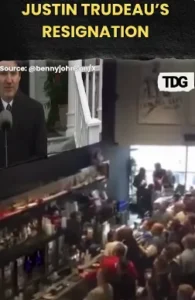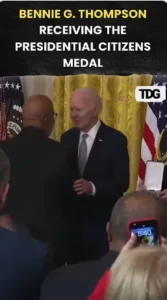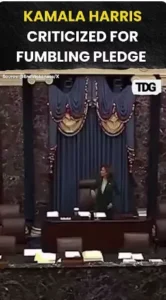US President Donald Trump announced on Wednesday that the US will utilize a detention center at Guantanamo Bay, Cuba, to hold tens of thousands of what he referred to as the “worst criminal aliens.” The announcement was made during the signing of the Laken Riley Act, with Trump stating, “We’re going to send them out to Guantanamo.”
Trump later signed a presidential memorandum instructing federal officials to prepare facilities at the US naval base for the detainees. Border czar Tom Homan confirmed that US Immigration and Customs Enforcement (ICE) would oversee the facility, though specific details of the plan remain unclear.
Guantanamo Bay
Guantanamo Bay, commonly known as “Gitmo,” has been used to house terrorism suspects since the September 11, 2001, attacks. However, it also contains a small, separate facility called the Migrant Operations Centre. This centre has traditionally held migrants intercepted while attempting to enter the US by boat, primarily from Haiti and Cuba.
The facility occupies only a small portion of the base and currently lacks the capacity to accommodate the 30,000 detainees, as Trump suggested. Homan indicated that the administration plans to expand the existing centre to house additional detainees.
Who will be held at Guantanamo Bay?
According to administration officials, the expanded detention facility will house the “worst of the worst.”
Homeland Security Secretary Kristi Noem and Homan both used that phrase while speaking to reporters outside the White House. A White House statement clarified that the facility would provide additional detention space for “high-priority criminal aliens unlawfully present in the United States.” An anonymous administration official told reporters that the facility would detain “dangerous criminals” and individuals who are “hard to deport.” Some countries refuse to accept deported individuals, complicating removal efforts.
The conditions at the centre
The International Refugee Assistance Project described the existing migrant centre as maintaining “prison-like” conditions where detainees are “trapped in a punitive system” with little oversight. Deepa Alagesan, a senior supervising attorney at the organization, estimated that only a few dozen people are currently held at the centre and expressed concern about expanding its capacity.
“It’s definitely a scary prospect,” Alagesan said.
Challenges
Trump has pledged to deport millions of undocumented immigrants, but the current ICE budget allows for the detention of only about 41,000 people at any given time. ICE primarily relies on processing centres, private detention facilities, and local jails, and lacks dedicated facilities for detaining families, who make up a significant portion of arrivals at the southern US border.
Military bases have historically been used for immigration detention, including under the Obama and Trump administrations, to house migrant children and asylum seekers.
Legal advocacy groups condemned the move, with the New York-based Centre for Constitutional Rights stating that sending immigrants to Guantanamo “should horrify us all.” Executive Director Vince Warren argued that the order frames migrants as “the new terrorist threat” and isolates them from legal protections.
Cuban officials also criticized the decision. President Miguel Díaz-Canel called it “an act of brutality” on X, and labeled the base as being “located in illegally occupied” Cuban territory. Foreign Minister Bruno Rodríguez said the move “shows contempt for the human condition and international law.”


